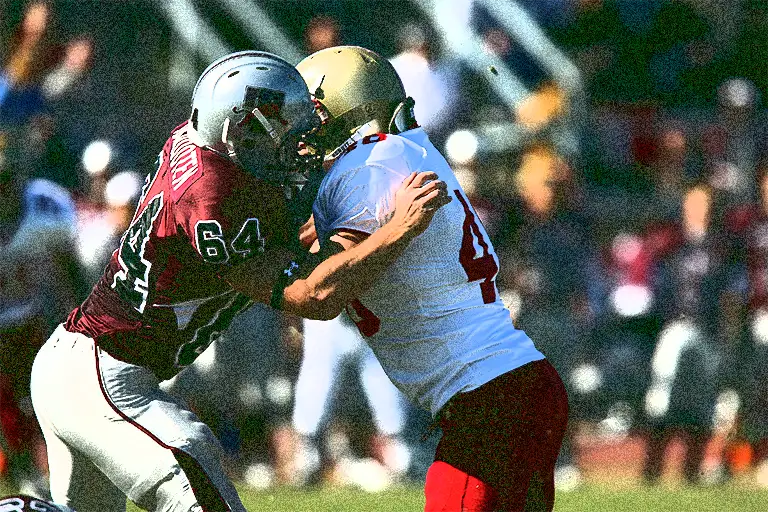When you’re in business, it gets really difficult to stay away from sports analogies but as they say, when in Rome…
A very good Community Manager is akin to a very good Offensive Line player on a football team. They are responsible for ensuring that no bad actors break through to tackle the Quarterback, or in this case our clients’ content. They are the first line of defense against a PR crisis, a dissatisfied customer, or a malicious spammer who wants to leverage the real people who are interested in our brands and their products.
Let’s continue this offensive line analogy; a very good offensive lineman also blocks for the running back. One crucial component of our organic community growth strategy is proactive engagement. So we spend a significant amount of time playing offense and commenting on like-minded community members’ posts and content. We want to be a part of their community so that they will consider being a part of ours.
With that being said, let’s review a few action items we community managers often find on our agendas:
- Consumer Assistance & Experience: In the year 2024, there is absolutely no better way for a consumer to connect with a brand than through social media, whether it’s to ask for assistance or to share an insight that the brand team otherwise would not have seen. It’s the world’s biggest crowdsourced user experience study. This, of course, assumes that the brand has set themselves up to be receptive to consumer outreach.
- Engagement: We are responsible for interacting and engaging with the community, leaving input where applicable and appropriate. Our entire goal is to generate conversation and therefore, engagement. When a person with an entire community of their own engages with us, that activates the algorithm and exposes their web to our content and our brand.
- Content: Community managers are often at the forefront of collecting User Generated Content (UGC) because we’ll see what other people are posting about our clients and their products. Perhaps they used a product in a creative way. We’ll capture that content and ask for permission to repost it ourselves. Folks love to see that brands appreciate the content that they themselves posted and there are few better ways than sharing UGC.
- Moderation: Someone’s got to zap those trolls and make sure the community is clean and safe for authentic users.
- Innovation and Ideation: Have you ever been in a room with ten other marketing professionals and the meeting director says, “ok everyone, give me your best ideas!” With a strong community management process in place, you’ve turned those ten folks into thousands of people who can contribute ideas for the brand to pull from. Community managers are the liaison between users and producers and when there’s a positive feedback loop, great things happen.
These are just five specific examples of how an effective community management process provides your business with critical insights and feedback from the very community that they depend on.
——-
NOTES:
- Engagement (interact & engage w/ the community, leaving input where applicable, generating conversation)
- Content ( collecting UGC, presenting content ideas)
- Moderation (monitor comments being left, escalate issues, respond to questions and ideas)
- Communication (point of contact between brand + community)
- Problem Resolution (customer support)
- Analysis (track + report social analytics)
- Advocating for the community ( bring feedback to the team about what the community likes + what’s working)
- Innovative ideas ( monitor the community, see what’s trending + present content ideas)
- Feedback Collection (track what the community is saying about the brand/product)
- Collaboration ( finding and tracking influencer partnerships)
